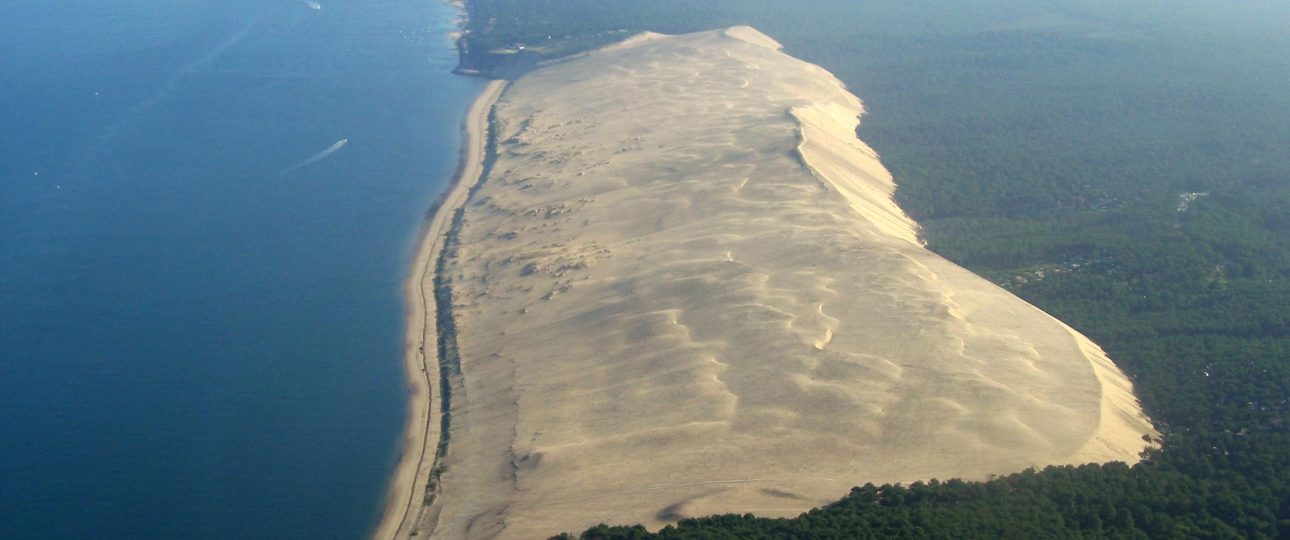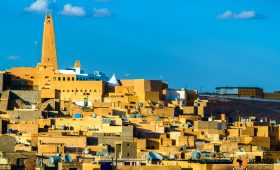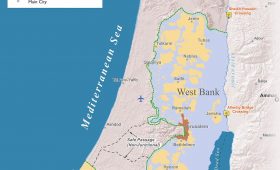Dune of Pilat: Europe’s Majestic Sand Dune
Location and Unique Features
The Dune of Pilat is located at the southern entrance to the Arcachon Basin, in Pyla-sur-Mer, part of the municipality of La Teste-de-Buch, near Arcachon in southwest France. It is the tallest sand dune in Europe, standing at 106.6 meters (350 feet) as of 2018. The dune stretches approximately 2.7 kilometers (1.7 miles) in length and 500 meters (1,640 feet) in width. Its shape is constantly evolving due to the wind and tides, making it a dynamic natural wonder.
Best Time to Visit
Consider visiting the Dune of Pilat during the late spring or early fall, specifically May or September. These months offer pleasant weather and fewer crowds compared to the peak summer season. While summer (June to August) provides long, sunny days, it also attracts the most visitors, which can detract from the experience.
Getting There
Reaching the Dune of Pilat is straightforward:
- By Air: Fly into Bordeaux-Merignac Airport, the nearest international airport. From there, rent a car or take a taxi for the approximately one-hour drive to the dune.
- By Train: If you’re already in France, take a train to Arcachon. From Arcachon, a local bus can take you to the dune in about 20 minutes.
Local Transportation
Once at the Dune of Pilat, exploring on foot is the best option. Well-marked trails lead to the top, offering panoramic views of the surrounding landscape. For a different perspective, rent a bicycle and ride along the beach, or try sandboarding for a thrilling descent down the dune’s slopes.
Activities and Attractions
The Dune of Pilat offers a range of activities:
- Paragliding: The dune’s location and steep angle make it a prime spot for paragliding. Experience the thrill of soaring above the sands with breathtaking views.
- Beach Relaxation: After exploring, unwind on the nearby beaches that line the coast.
- Water Sports: Engage in windsurfing, kiteboarding, or sailing in the waters near the dune.
- Local Cuisine: Savor the region’s renowned seafood, especially fresh oysters from local farms.
Historical Context
The area around the Dune of Pilat has a rich history. Archaeological discoveries, including a funeral urn and an accessory vase from the Iron Age, highlight its historical significance. The dune’s current location was once home to protohistoric camps related to sea salt mining. These findings add a layer of intrigue to your visit.
While the Dune of Pilat offers stunning natural beauty and a variety of activities, be prepared for its popularity during peak seasons. Plan your visit accordingly to fully enjoy this remarkable destination.




